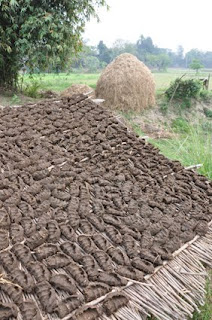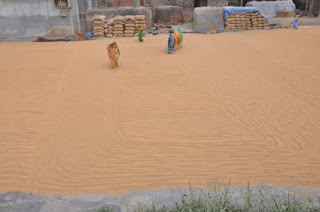Since returning I have been brought back into the reality of juggling work, teaching, being a father and a husband whilst grabbing snippets to reflect on the amazing experience I have had. The time and space to think, look, observe, record and just absorb has been wonderfully refreshing and personally shifting. I have flashbacks - vivid scenes of places I visited on the fellowship, some stills and some moving images. I want to get into the thirty + DVD's of data - images and films - to start filtering, re-experiencing, contextualising and responding creatively to what I have seen. At the moment I'm struggling to find the space to do this. Since returning I have been very fortunate to be proposed and offered new projects and possibilities which are exciting developments of the MSSP fellowship and new ventures - work must go on and deadlines must be met, money earnt.
I've started to 'Backfill" the blog, adding images, text and films on the days I hadn't covered ( resizing the photos and selecting through them was taking lots of time whilst away and I thought it better to be out looking rather than sitting in front of a computer). I'm sorting through the imagery, the books and papers as well as the collections of objects I brought / sent back from both Bangladesh and Gujarat, picking out things. The flashbacks and thoughts I have, get noted down in my sketchbook and we've cooked and eaten food I experienced on my travels. All aspects of filtering and evaluating what may have the potential for further development.
I have enjoyed the photography, - it became a new tool, something I hadn't used much in my work and I have been looking at other photographers and there work in a very different way, even looking at possible routes of study in the subject. I started to explore the weaving the bamboo baskets and fans. The metal baskets and textiles are displayed in my studio space and around the house, helping me make connections and promting ideas and memories. I tried cutting fine strips of steel to use to weave a basket and explore how the metal basket from Bangladesh was made - just to try to reproduce it - to understand how the material might work. Unfortunately the guillotine couldn't cope with such fine strips and they buckled and bent. I need to explore other ways of getting thin strips of metal cut without them folding or twisting.... laser/ water-jet cutting? rolling wire?
I decided to use some of the raw cotton paper from the Ghandi Ashram factory to undertake some tests in weaving too. decided to laser cut the strips out, and spent some time testing out different widths and settings on the laser - whilst they were cutting the patterns looked like the rows of rice drying at the rice mills in Bangladesh.
Off to the Harley next week to meet up with the rest of the project team and the artists who have come over to the UK.


























































